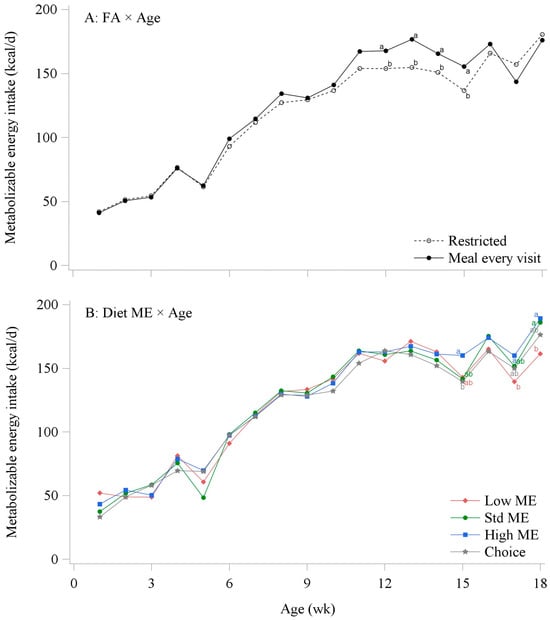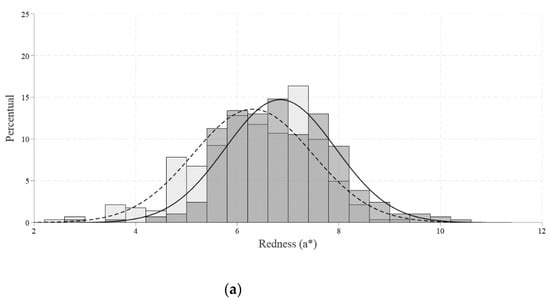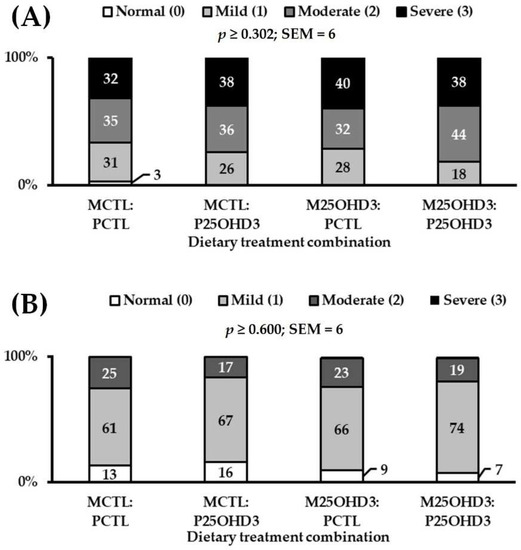Poultry Nutrition
A topical collection in Poultry (ISSN 2674-1164).
Viewed by 12200Editor
Interests: animal nutrition; health; antioxidants; feed additives; aromatic and medicinal plants; alternative feedstuffs with bioactive compounds
Special Issues, Collections and Topics in MDPI journals
Topical Collection Information
Dear Colleagues,
Poultry nutrition is an important topic as it covers both the economic aspects of production and the quality characteristics of the produced products, meat or eggs. Poultry species, farmed in different environments and under different farming systems, consume various diets with conventional or organic raw materials and an enormous source of feed additives.
Poultry production is the first sector of animal production worldwide, either in the developed countries or in the developing ones, providing important food sources such as meat and eggs, making an important contribution in the national and global economy.
The development of new feed additives has provided tools to support health and improve the performance of farmed birds. An alternative to antibiotics has become an urgent need for poultry as the intensive way of production often presents broilers, layer hens or other poultry species with serious health challenges.
The scope of this Topical Collection concerns poultry nutrition, protein, amino acid and energy needs and their coverage, along with use of minerals, vitamins and feed additives in a conventional or organic way of production for both highly efficient selected genetic lines and also local breeds that are well-adapted to harsh environments and have desirable meat or egg characteristics.
Novel analytical technologies in chemical analysis, intestinal microbiota or nucleic acid (DNA and RNA) analysis technologies, such as NGS, has allowed the development of research on nutritional mechanisms related to meat or egg traits and production among the poultry breeds and hybrids.
Original research and reviews related to poultry nutrition, food product characteristics, gene expression, intestinal microbiota and modern molecular techniques to unravel factors regulating health, well-being and productivity of all species of bird reared for animal production are particularly welcome.
Dr. Ilias Giannenas
Collection Editor
Manuscript Submission Information
Manuscripts should be submitted online at www.mdpi.com by registering and logging in to this website. Once you are registered, click here to go to the submission form. Manuscripts can be submitted until the deadline. All submissions that pass pre-check are peer-reviewed. Accepted papers will be published continuously in the journal (as soon as accepted) and will be listed together on the collection website. Research articles, review articles as well as short communications are invited. For planned papers, a title and short abstract (about 100 words) can be sent to the Editorial Office for announcement on this website.
Submitted manuscripts should not have been published previously, nor be under consideration for publication elsewhere (except conference proceedings papers). All manuscripts are thoroughly refereed through a single-blind peer-review process. A guide for authors and other relevant information for submission of manuscripts is available on the Instructions for Authors page. Poultry is an international peer-reviewed open access quarterly journal published by MDPI.
Please visit the Instructions for Authors page before submitting a manuscript. The Article Processing Charge (APC) for publication in this open access journal is 1000 CHF (Swiss Francs). Submitted papers should be well formatted and use good English. Authors may use MDPI's English editing service prior to publication or during author revisions.
Keywords
- poultry nutrition
- poultry production
- feed additives
- egg quality
- meat quality
- microbiota
- agroindustrial by-products






